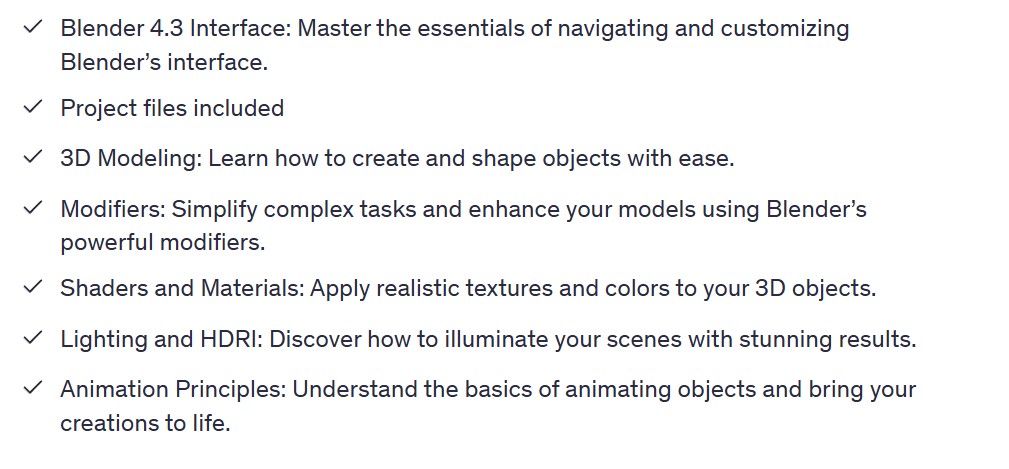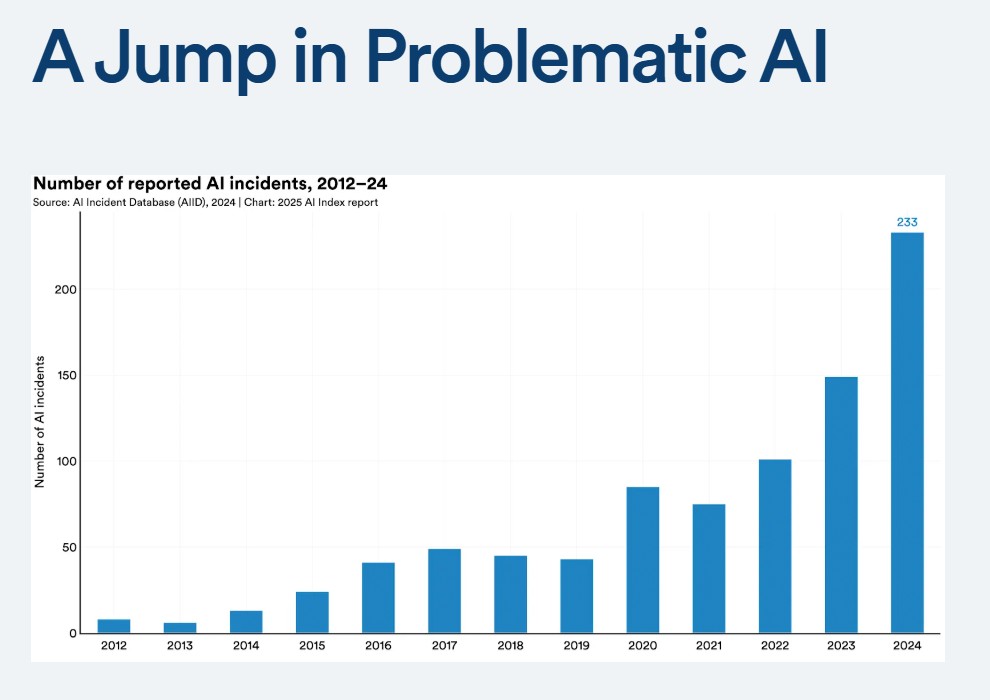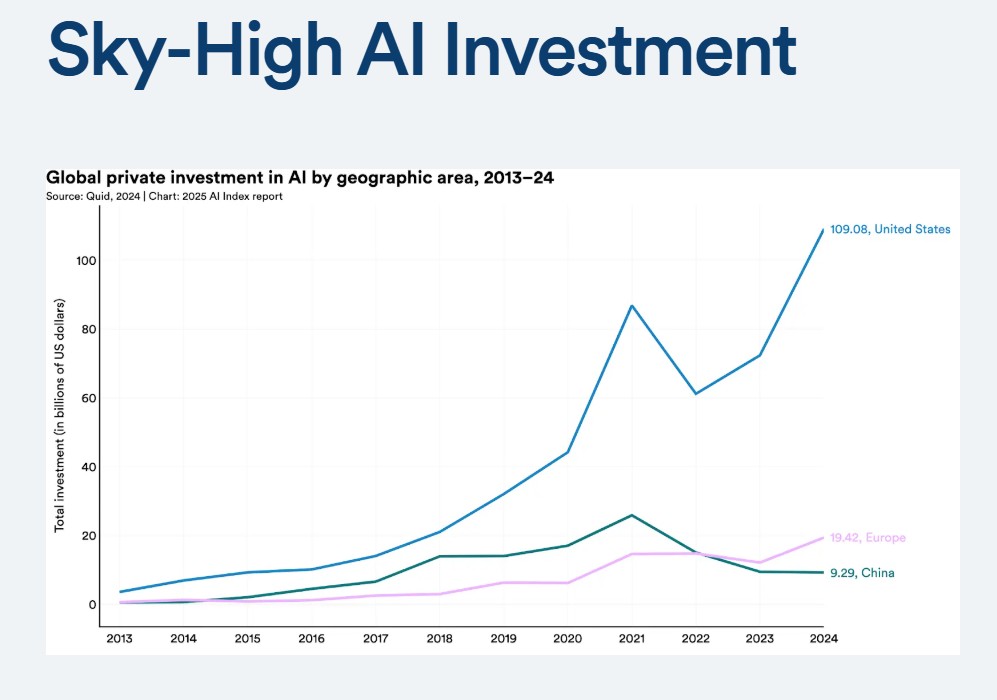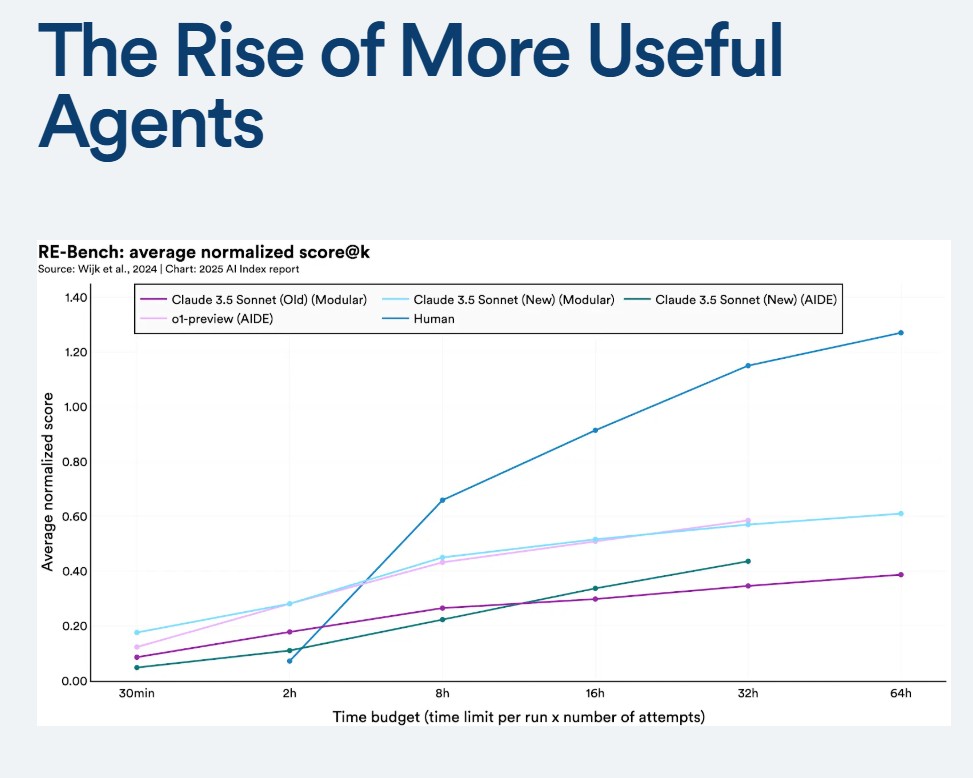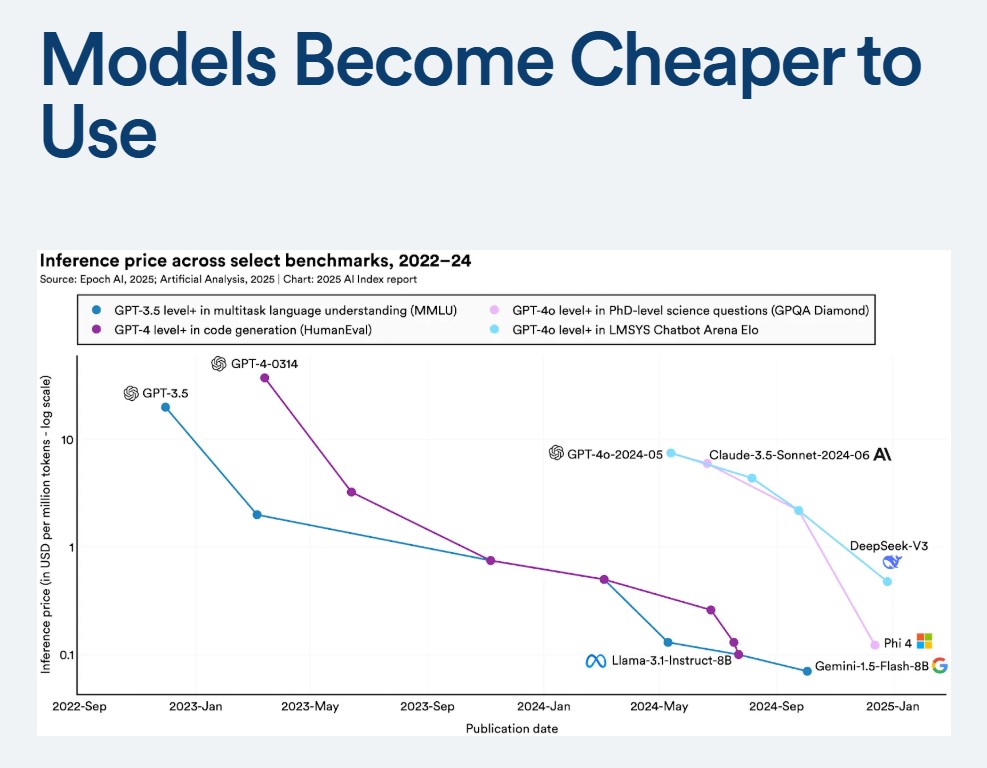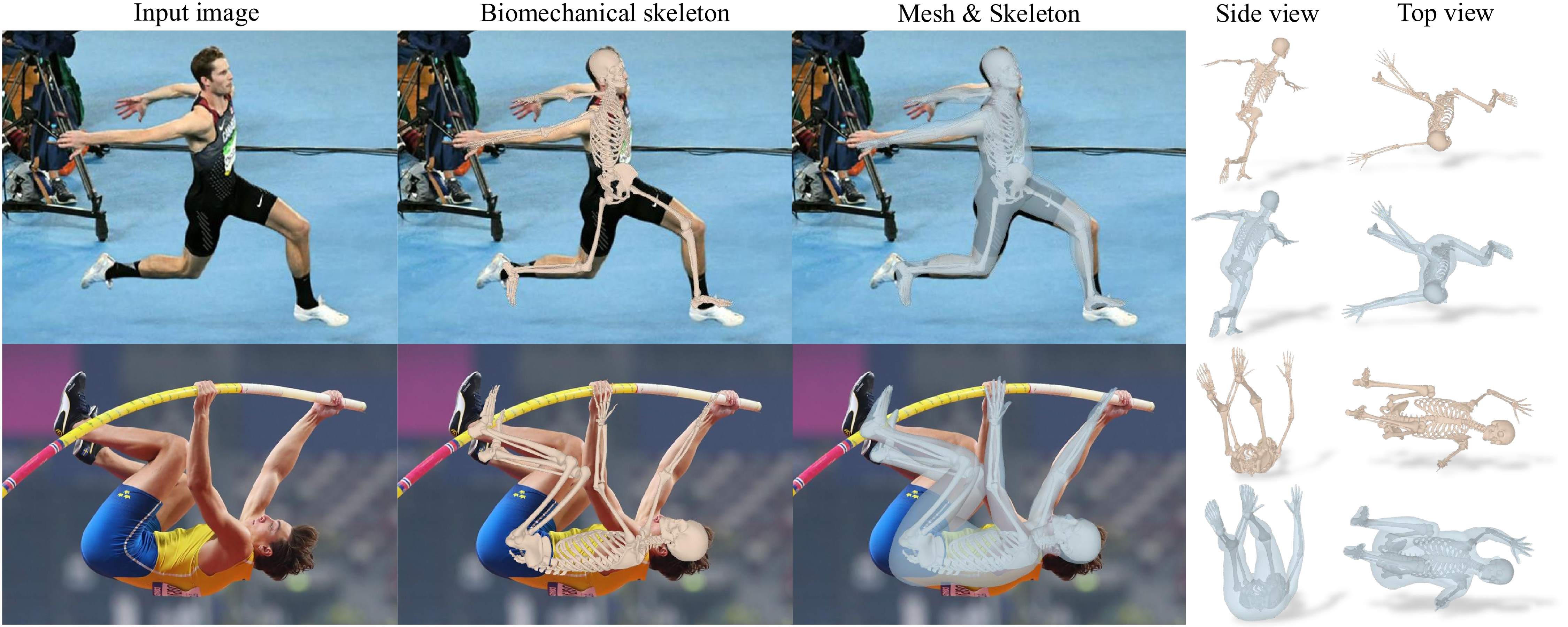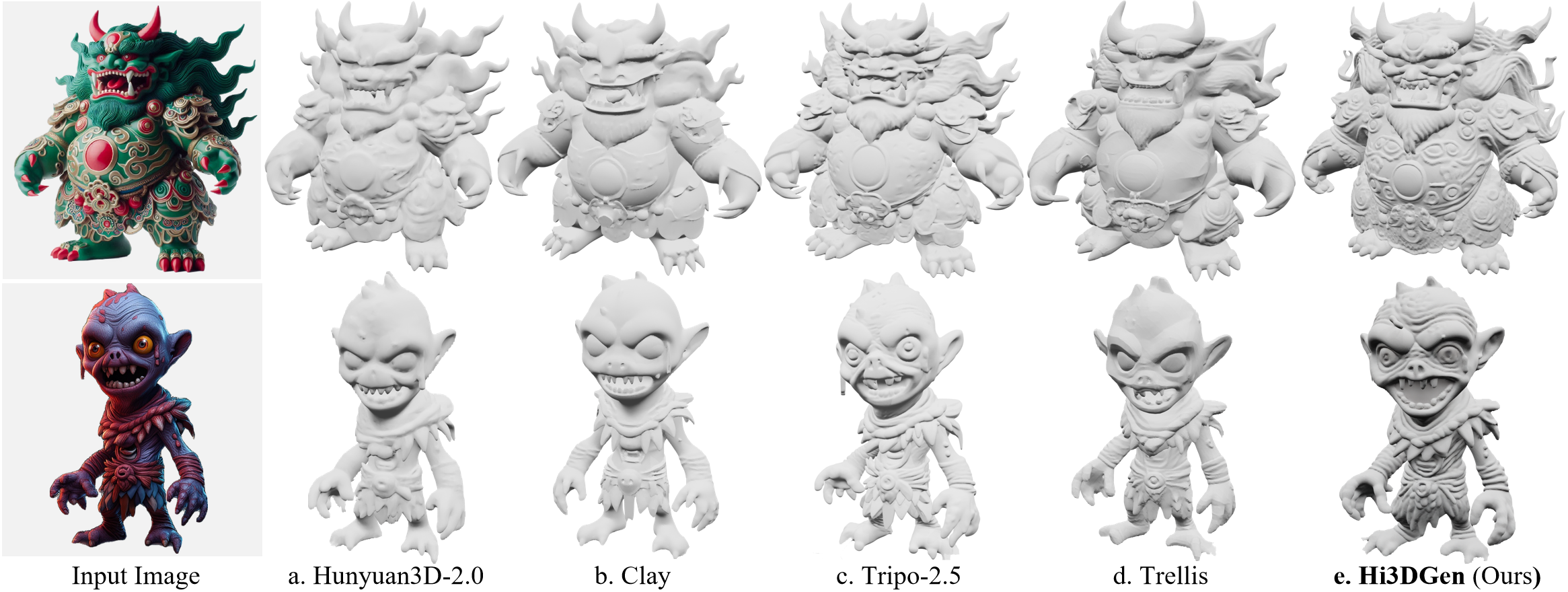BREAKING NEWS
LATEST POSTS
-
Blackmagic DaVinci Resolve 20
A major new update which includes more than 100 new features including powerful AI tools designed to assist you with all stages of your workflow. Use AI IntelliScript to create timelines based on a text script, AI Animated Subtitles to animate words as they are spoken, and AI Multicam SmartSwitch to create a timeline with camera angles based on speaker detection. The cut and edit pages also include a dedicated keyframe editor and voiceover palettes, and AI Fairlight IntelliCut can remove silence and checkerboard dialogue between speakers. In Fusion, explore advanced multi layer compositing workflows. The Color Warper now includes Chroma Warp, and the Magic Mask and Depth Map have huge updates.
https://www.blackmagicdesign.com/products/davinciresolve

-
ZAppLink – a plugin that allows you to seamlessly integrate your favorite image editing software — such as Adobe Photoshop — into your ZBrush workflow
While in ZBrush, call up your image editing package and use it to modify the active ZBrush document or tool, then go straight back into ZBrush.
ZAppLink can work on different saved points of view for your model. What you paint in your image editor is then projected to the model’s PolyPaint or texture for more creative freedom.
With ZAppLink you can combine ZBrush’s powerful capabilities with all the painting power of the PSD-capable 2D editor of your choice, making it easy to create stunning textures.
ZAppLink features
- Send your document view to the PSD file editor of your choice for texture creation and modification: Photoshop, Gimp and more!
- Projections in orthogonal or perspective mode.
- Multiple view support: With a single click, send your front, back, left, right, top, bottom and two custom views in dedicated layers to your 2D editor. When your painting is done, automatically reproject all the views back in ZBrush!
- Create character sheets based on your saved views with a single click.
- ZAppLink works with PolyPaint, Textures based on UV’s and canvas pixols.
-
SwarmUI.net – A free, open source, modular AI image generation Web-User-Interface
https://github.com/mcmonkeyprojects/SwarmUI
A Modular AI Image Generation Web-User-Interface, with an emphasis on making powertools easily accessible, high performance, and extensibility. Supports AI image models (Stable Diffusion, Flux, etc.), and AI video models (LTX-V, Hunyuan Video, Cosmos, Wan, etc.), with plans to support eg audio and more in the future.
SwarmUI by default runs entirely locally on your own computer. It does not collect any data from you.
SwarmUI is 100% Free-and-Open-Source software, under the MIT License. You can do whatever you want with it.
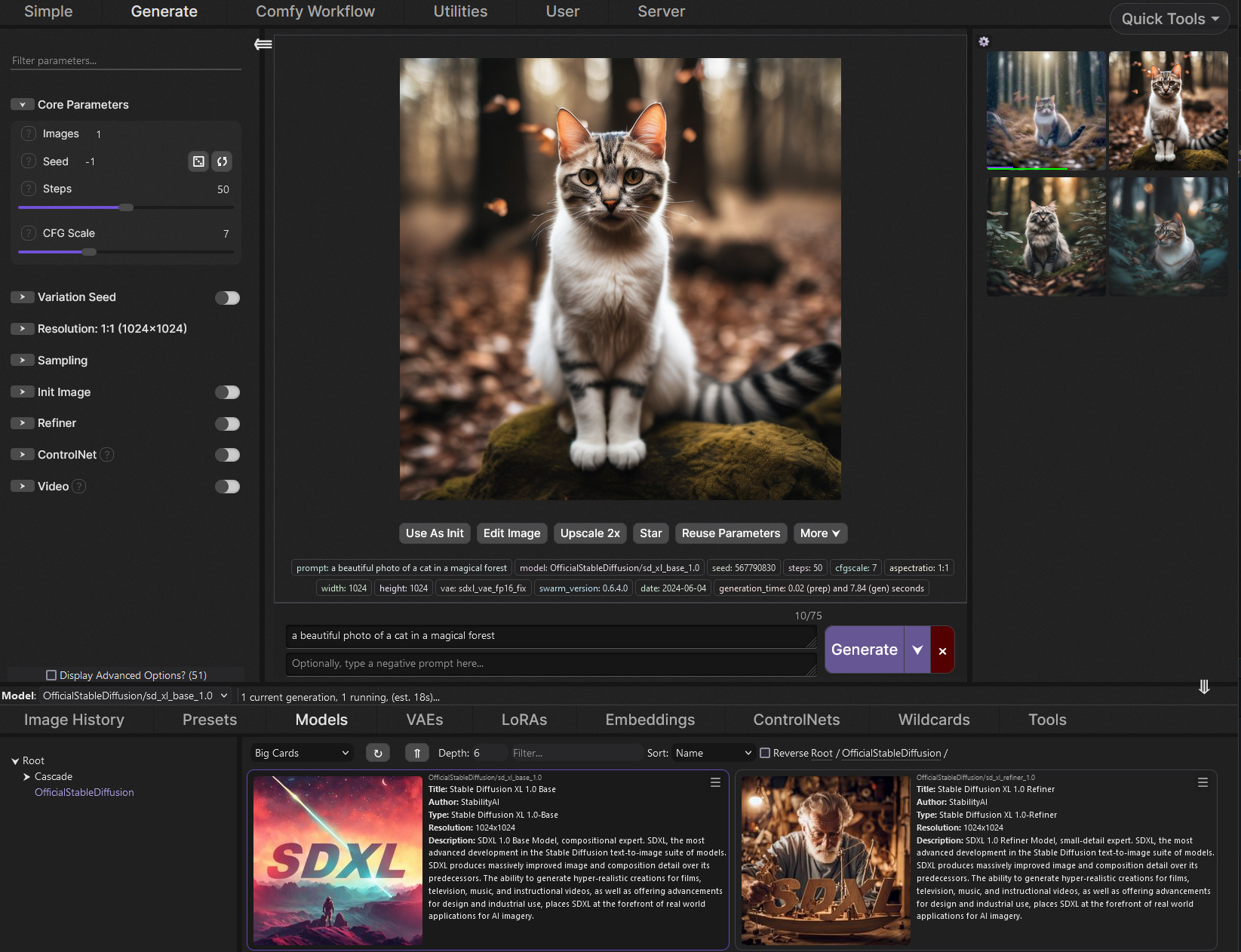
-
DensePose From WiFi using ML
https://arxiv.org/pdf/2301.00250
https://www.xrstager.com/en/ai-based-motion-detection-without-cameras-using-wifi
Advances in computer vision and machine learning techniques have led to significant development in 2D and 3D human pose estimation using RGB cameras, LiDAR, and radars. However, human pose estimation from images is adversely affected by common issues such as occlusion and lighting, which can significantly hinder performance in various scenarios.
Radar and LiDAR technologies, while useful, require specialized hardware that is both expensive and power-intensive. Moreover, deploying these sensors in non-public areas raises important privacy concerns, further limiting their practical applications.
To overcome these limitations, recent research has explored the use of WiFi antennas, which are one-dimensional sensors, for tasks like body segmentation and key-point body detection. Building on this idea, the current study expands the use of WiFi signals in combination with deep learning architectures—techniques typically used in computer vision—to estimate dense human pose correspondence.
In this work, a deep neural network was developed to map the phase and amplitude of WiFi signals to UV coordinates across 24 human regions. The results demonstrate that the model is capable of estimating the dense pose of multiple subjects with performance comparable to traditional image-based approaches, despite relying solely on WiFi signals. This breakthrough paves the way for developing low-cost, widely accessible, and privacy-preserving algorithms for human sensing.


-
Lumina-mGPT 2.0 – Stand-alone Autoregressive Image Modeling
A stand-alone, decoder-only autoregressive model, trained from scratch, that unifies a broad spectrum of image generation tasks, including text-to-image generation, image pair generation, subject-driven generation, multi-turn image editing, controllable generation, and dense prediction.
https://github.com/Alpha-VLLM/Lumina-mGPT-2.0
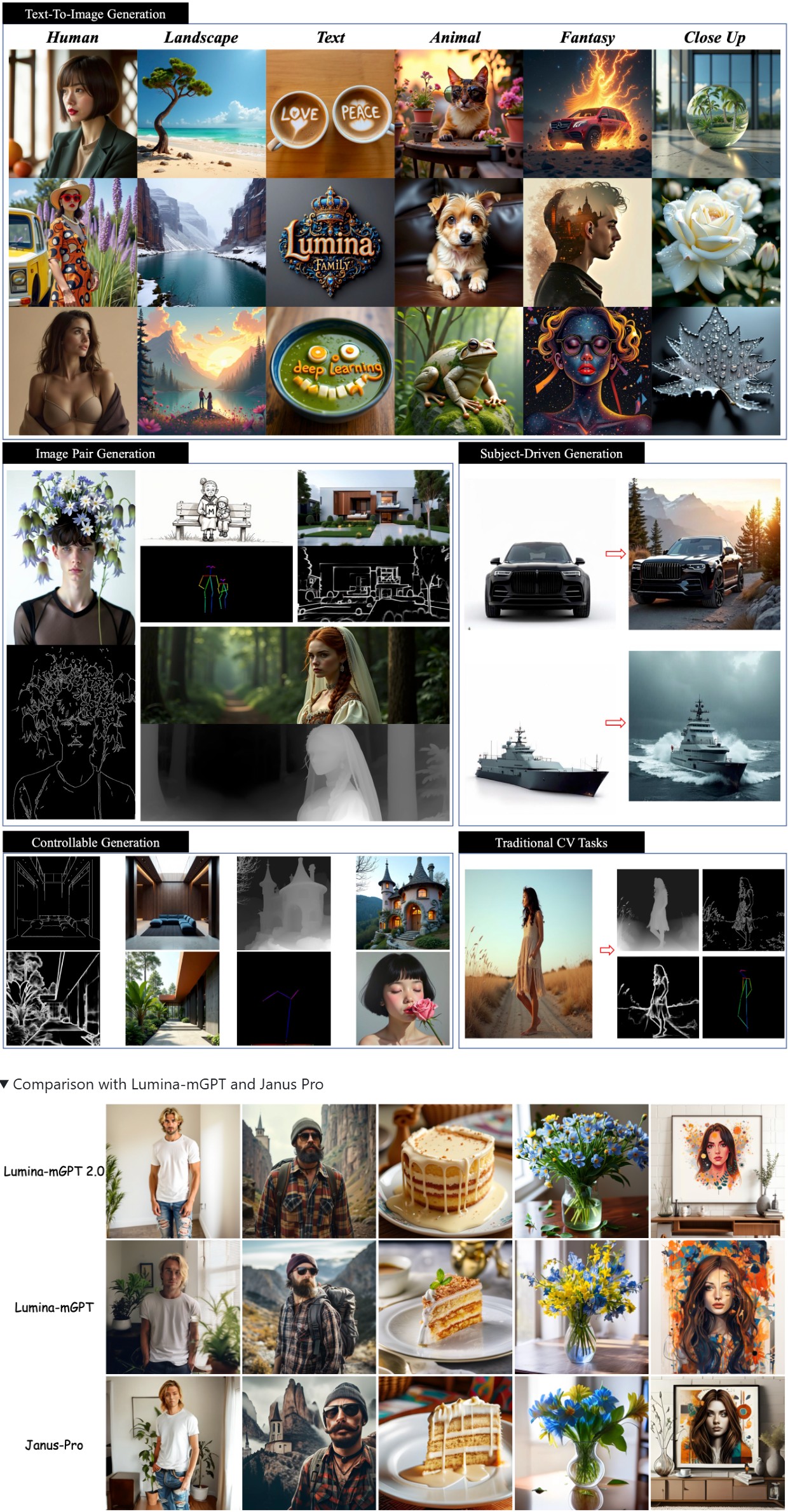
FEATURED POSTS
-
Black Forest Labs released FLUX.1 Kontext
https://replicate.com/blog/flux-kontext
https://replicate.com/black-forest-labs/flux-kontext-pro
There are three models, two are available now, and a third open-weight version is coming soon:
- FLUX.1 Kontext [pro]: State-of-the-art performance for image editing. High-quality outputs, great prompt following, and consistent results.
- FLUX.1 Kontext [max]: A premium model that brings maximum performance, improved prompt adherence, and high-quality typography generation without compromise on speed.
- Coming soon: FLUX.1 Kontext [dev]: An open-weight, guidance-distilled version of Kontext.
We’re so excited with what Kontext can do, we’ve created a collection of models on Replicate to give you ideas:
- Multi-image kontext: Combine two images into one.
- Portrait series: Generate a series of portraits from a single image
- Change haircut: Change a person’s hair style and color
- Iconic locations: Put yourself in front of famous landmarks
- Professional headshot: Generate a professional headshot from any image
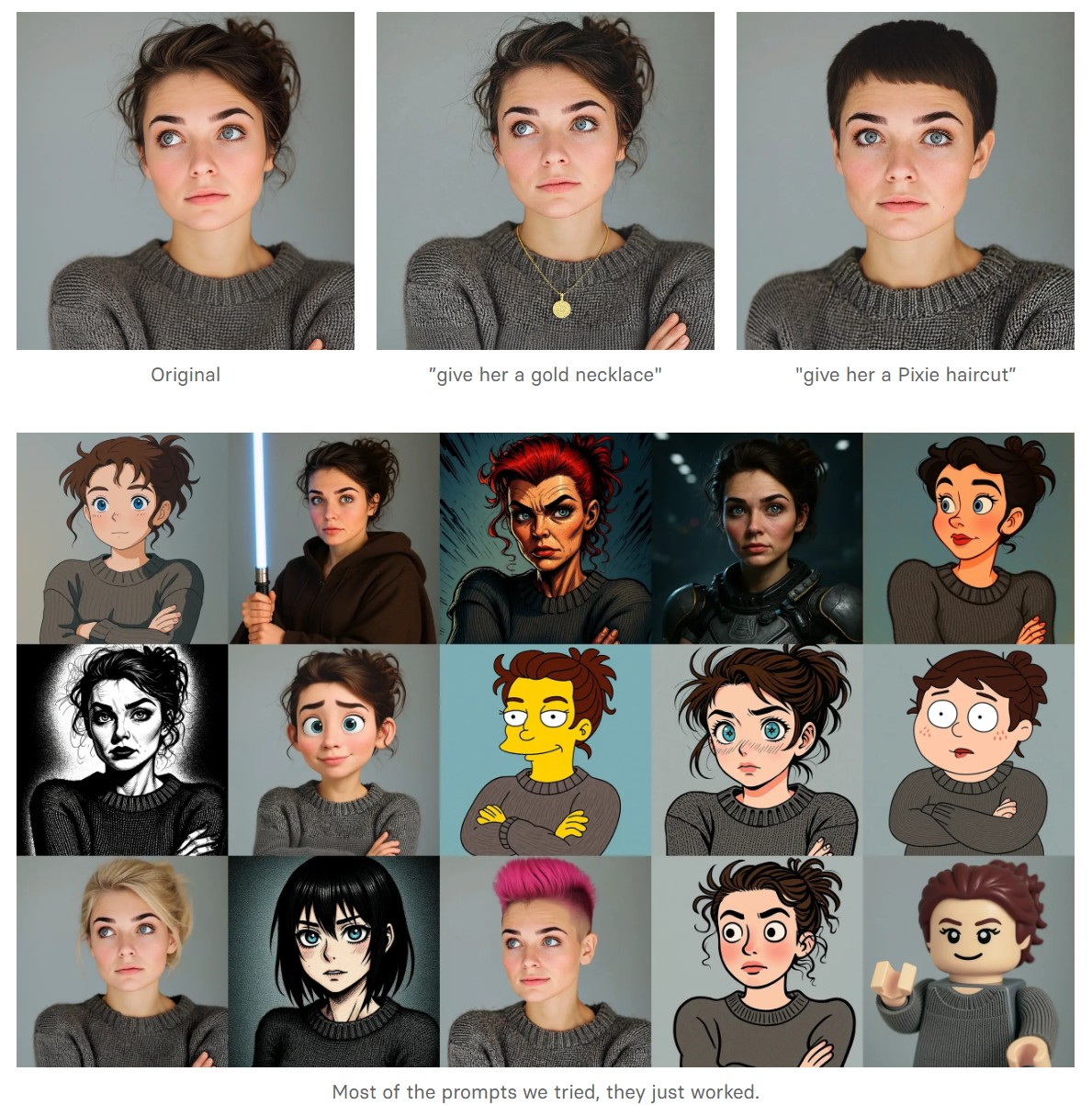
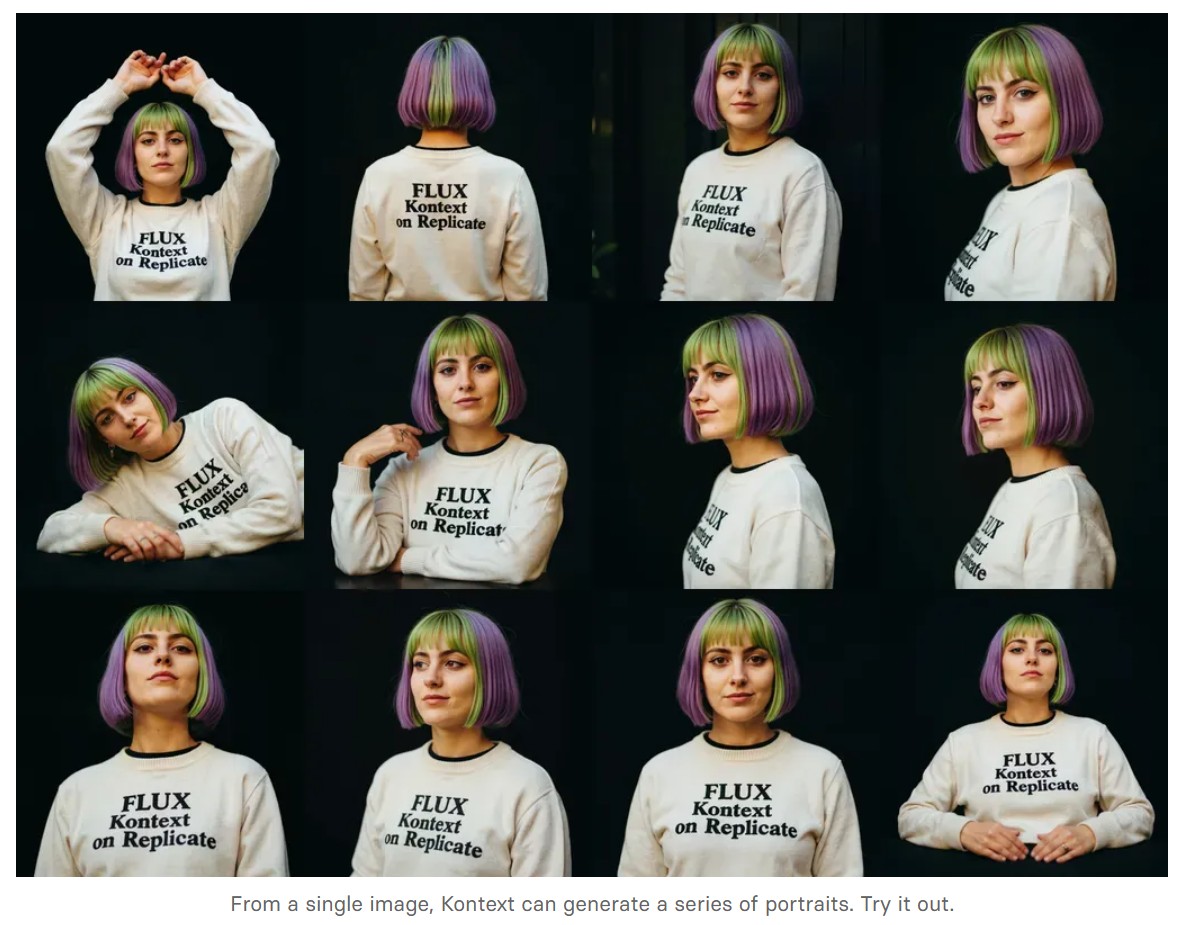
-
Want to build a start up company that lasts? Think three-layer cake
https://www.fastcompany.com/91131427/want-to-build-a-company-that-lasts-think-three-layer-cake
Building a successful business requires a focus on three key elements: product excellence, go-to-market strategy, and operational excellence. Neglecting any of these areas can lead to failure, as evidenced by the high percentage of startups that don’t make it past the five-year mark. Founders and CEOs must ensure a solid product foundation while also integrating effective sales, marketing, and management strategies to achieve sustainable growth and scale.
- Foundation: Product Excellence, Core Values and Mission
- Core Values: These are the guiding principles that dictate behavior and action within the company. They form the ethical foundation and are crucial for maintaining consistency in decision-making.
- Mission: This defines the company’s purpose and goals. A clear and compelling mission helps align the team and provides a sense of direction.
- Efficiency and Scalability: This layer focuses on creating efficient processes that can scale as the company grows. Streamlined operations reduce costs and increase productivity.
- Structure: Operational Excellence and Innovation
- Operational Excellence: Efficient processes, quality control, and continuous improvement fall into this layer. Ensuring that the company operates smoothly and effectively is crucial for sustainability.
- Innovation: Staying competitive requires innovation. This involves developing new products, services, or processes that add value and keep the company relevant in the market.
- Quality Control and Continuous Improvement: Ensuring that operational processes are of high quality and constantly improving helps maintain product excellence and customer satisfaction.
- Technology and Infrastructure: Investing in the right technology and infrastructure to support business operations is vital. This includes everything from manufacturing equipment to software systems that enhance operational efficiency.
- Strategy: Go-to-Market Strategy, Vision and Long-Term Planning
- Vision: A forward-looking vision inspires and motivates the team. It outlines where the company aims to be in the future and helps in setting long-term goals.
- Strategic Planning: This involves setting long-term goals and determining the actions and resources needed to achieve them. It includes market analysis, competitive strategy, and growth planning.
- Market Understanding: A deep understanding of the target market, including customer segments, competitors, and market trends, is essential. This knowledge helps in positioning the product effectively.
- Marketing and Sales Execution: This involves creating a robust marketing plan that includes branding, messaging, and advertising strategies to attract and retain customers. Additionally, building a strong sales strategy ensures that the product reaches the right customers through the right channels.
- Customer Acquisition and Retention: Effective strategies for acquiring new customers and retaining existing ones are critical. This includes loyalty programs, customer service excellence, and engagement initiatives.
- Foundation: Product Excellence, Core Values and Mission





